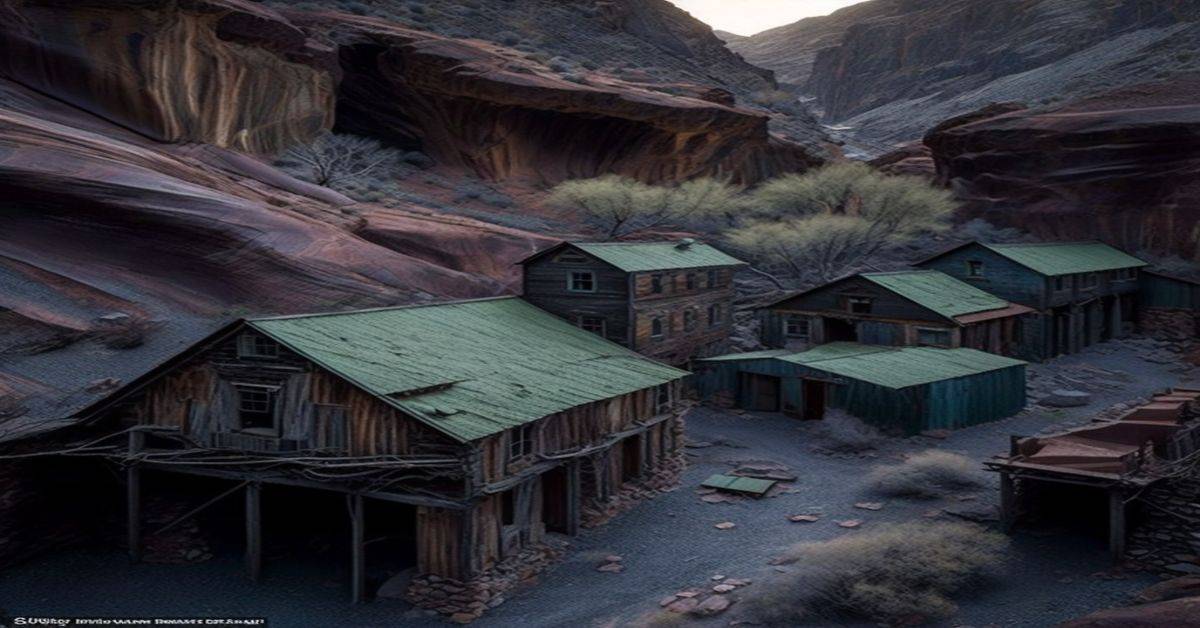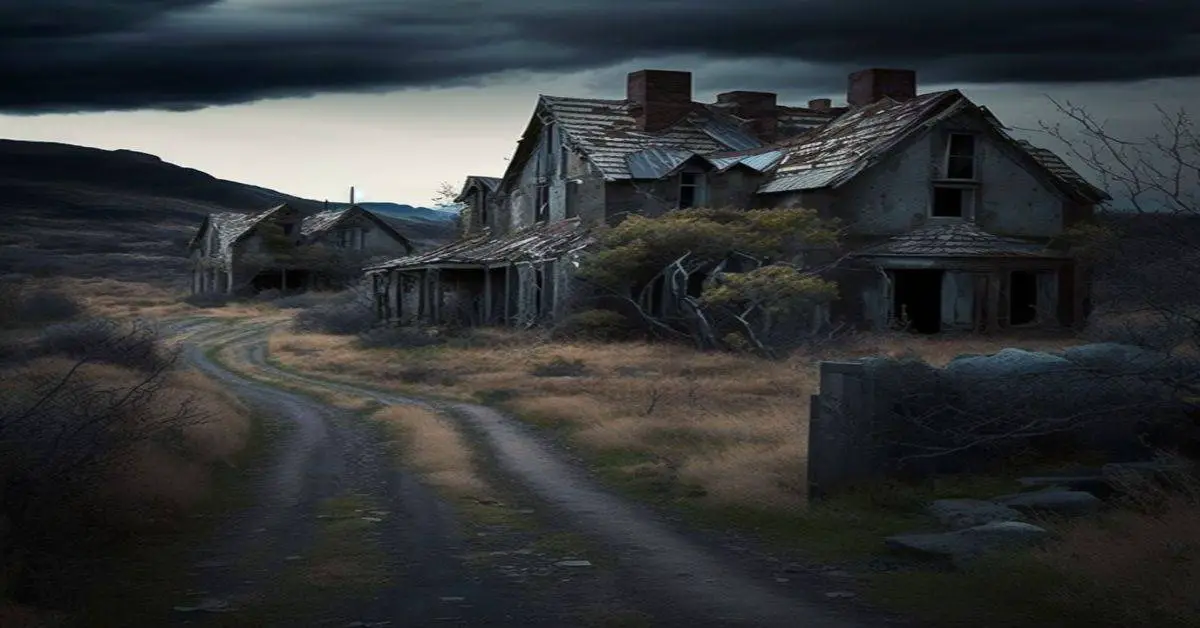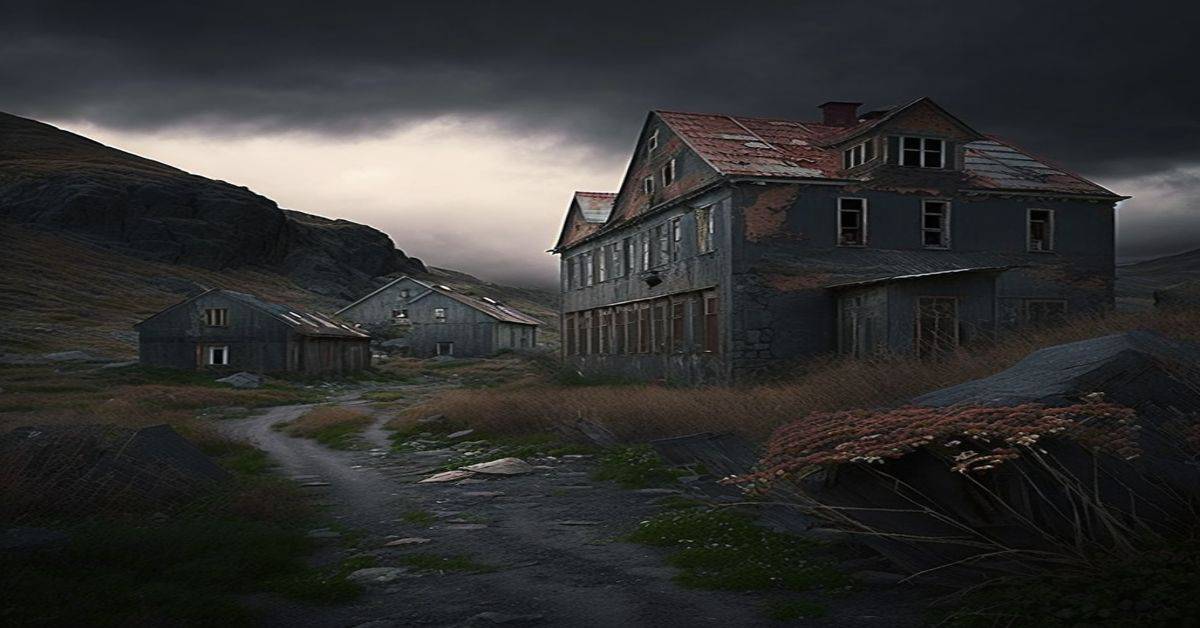White City, a town in Saint Lucie County, Florida, has a haunting history full of stories of deceit and tragedy. Founded by Danish settlers who attended the 1893 Chicago World’s Fair, White City was once a thriving town that was known for its agricultural industry.
However, Colonel Myers’s arrival brought a scandal that would change the town forever. Colonel Myers took down payments for land parcels and residents’ savings before disappearing with most of the settlers’ cash savings. This, coupled with the big freeze of 1894-1895, destroyed all area crops, wiping out the farmers and growers and destroying the local industry.
Today, visitors can explore the remains of White City, including the Jorgensen House, Captain Hammond House, White City Marketplace, and scattered early 1900s homes, and learn about the town’s fascinating and haunting history. The story of White City is full of intrigue and mystery, and it is a town that is ripe for exploration for anyone interested in history and the paranormal.
In this article, we will delve into the founding of White City, the scandal that rocked the town, and the remains and attractions that are available to visitors today.
Key Takeaways
- White City is a ghost town in Saint Lucie County, Florida, founded around 1893 by Danish settlers attending the 1893 Chicago World’s Fair.
- Colonel Myers took down payments for land parcels and residents’ savings for his future bank and disappeared soon afterward, taking most of the settlers’ cash savings with him.
- The big freeze of 1894-1895 destroyed all the area crops, wiping out the farmers and growers and destroying the local industry, causing most of the settlers and their families to leave town, leaving White City a faint trace of its original population.
- Today, the remains of White City include the Jorgensen House, Captain Hammond House, White City Marketplace, and scattered early 1900s homes and is considered a ghost town due to its history of being abandoned and repopulated.
Founding and Settlers
The founding of White City by Danish settlers who attended the 1893 Chicago World’s Fair is a significant aspect of its haunting history. The town was named after Daniel Burnham’s Great White City, which was the fair’s main attraction.
The Danish settlers were attracted to the fair because it showcased the latest in architecture, technology, and innovation. They were inspired by the grandeur of the White City and wanted to create a similar community in Florida.
The Danish settlers established White City in 1893, quickly growing into a prosperous community. However, their dreams were short-lived as Colonel Myers arrived in town in 1894 and set up a land scheme. He took down payments for land parcels and residents’ savings for his future bank before disappearing soon afterward, taking most of the settlers’ cash savings with him.
The combination of the land scheme and the big freeze of 1894-1895 destroyed all the area crops, wiping out the farmers and growers and destroying the local industry. These events caused most of the settlers and their families to leave town, leaving White City a faint trace of its original population.
Colonel Myers Scandal
Colonel Myers’ land scheme in White City was a fraudulent plan that caused great harm to the settlers. He took down payments for land parcels and the residents’ savings for his future bank, and then disappeared soon afterward, taking most of the settlers’ cash savings with him.
This incident resulted in a significant loss of trust and confidence in the town’s leadership and contributed to its population decline. The settlers had no choice but to leave town, leaving White City a shadow of its former self.
The White City Improvement Club played a crucial role in the aftermath of the Colonel Myers scandal. The club was formed in 1904 to aid and protect the new population from bad elements such as Colonel Myers. The club’s primary goal was to restore the town’s reputation and attract new settlers to the area.
Through their efforts, White City began to rebuild and repopulate, and the remains of the town can still be seen today. Despite the scandal, the club’s efforts ensured that White City did not become a forgotten ghost town, and its legacy continues to this day.
Remains and Attractions
Scattered throughout the townsite, visitors can explore the remnants of early 1900s homes, the Jorgensen House, and the White City Marketplace, providing a glimpse into the past and a testament to the town’s enduring legacy. These attractions have great historical significance, allowing visitors to learn about the town’s early settlers and their way of life.
The Jorgensen House, in particular, is a well-preserved example of Danish architecture and is a designated historic site in Florida. Meanwhile, the White City Marketplace is a reminder of the town’s early economy and its role in the region’s development.
Preservation efforts have been made to maintain these attractions and ensure they are accessible to visitors. The White City Improvement Club, founded in 1904, has played a key role in these efforts. The club has helped in preserving the Jorgensen House and the White City Marketplace, and has also ensured that historical photos of the town are available for viewing.
These preservation efforts highlight the importance of recognizing and protecting the town’s historical legacy, and provide a valuable opportunity for visitors to learn about the town’s past.
Frequently Asked Questions
What was the population of White City before it became a ghost town?
The big freeze of 1894-1895 stunted White City’s population growth, which destroyed local industry and wiped out farmers and growers. Demographic changes followed as most settlers left, leaving the town a ghost town with a faint trace of its original population.
What industries were prominent in White City before the big freeze of 1894-1895?
Before the big freeze of 1894-1895, White City’s economy relied heavily on agriculture and fishing industries. However, the freeze destroyed all the crops and wiped out the local industry, leading to the town’s abandonment and eventual status as a ghost town.
How did the White City Improvement Club aid the new population?
The White City Improvement Club, formed in 1904, aided the new population through community involvement and civic initiatives. They protected the residents from fraudsters like Colonel Myers and helped develop local economy and infrastructure.
Are there any paranormal or supernatural experiences reported in White City?
Despite being named a ghost town, White City has no reported haunted locations or supernatural sightings. However, local legends and ghost stories add to the town’s eerie atmosphere and intrigue visitors.
What other nearby attractions are worth visiting while in Saint Lucie County?
Visitors to Saint Lucie County can enjoy exploring nature through hiking and wildlife watching at the Savannas Preserve State Park or the Oxbow Eco-Center. For a beach day, the best spots include Jensen Beach and Fort Pierce Inlet State Park, offering fishing and water sports activities.


